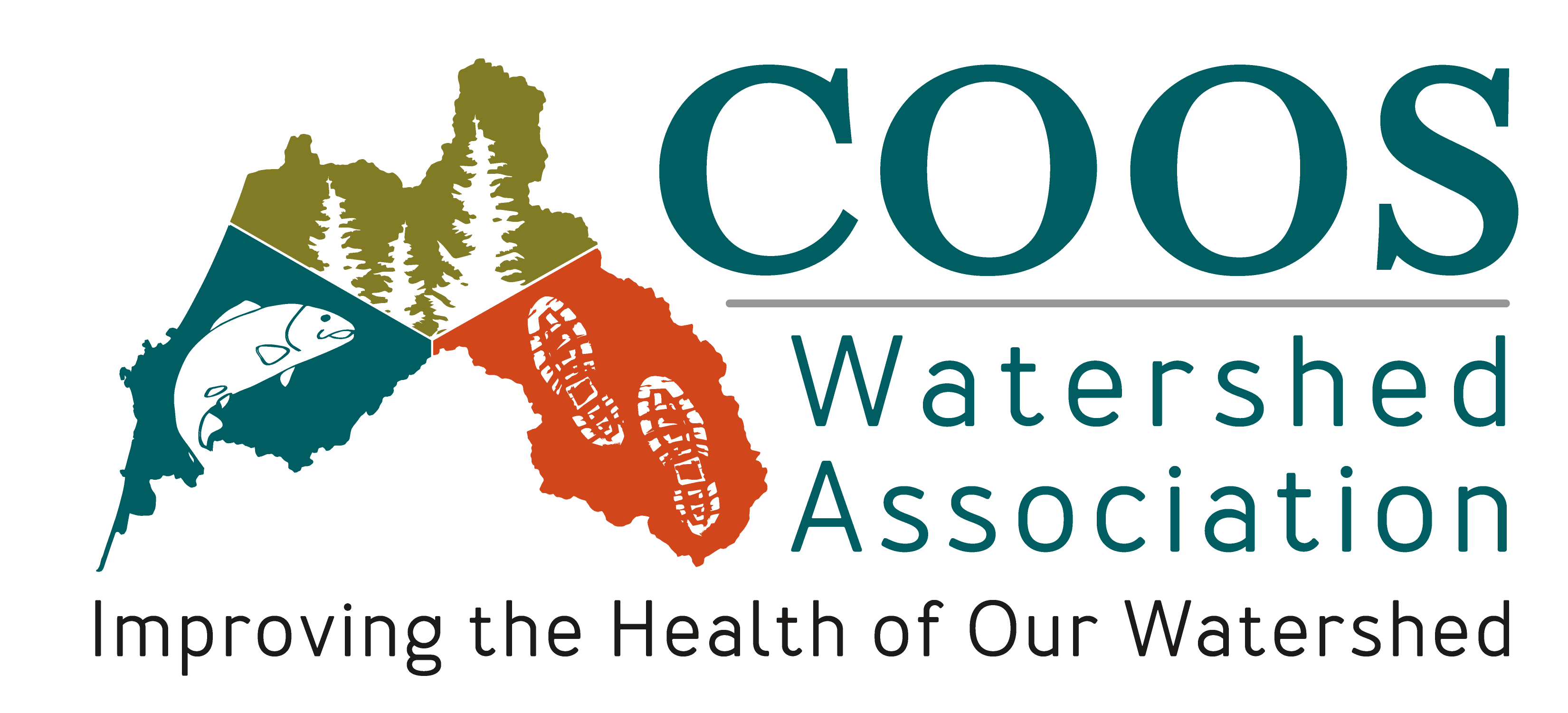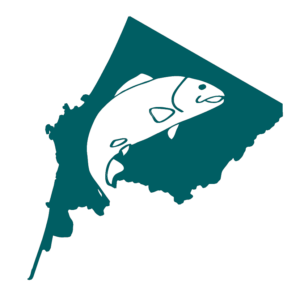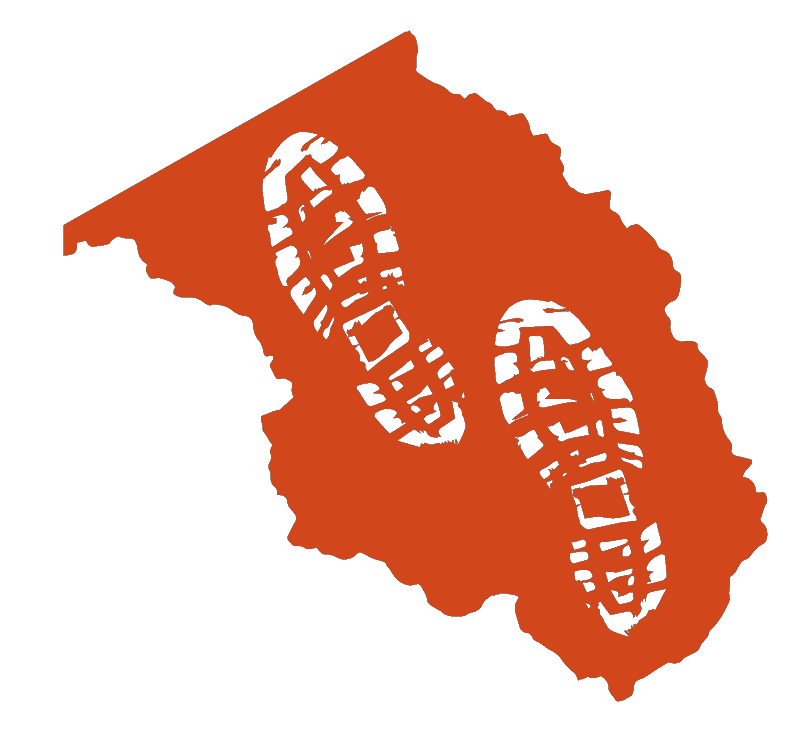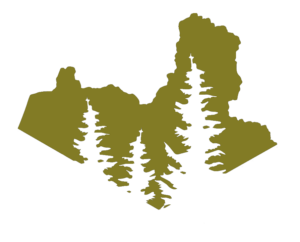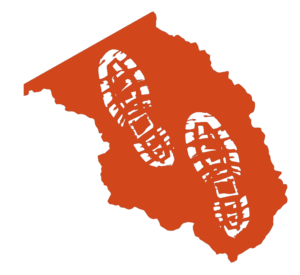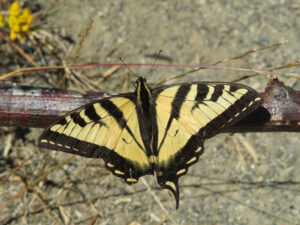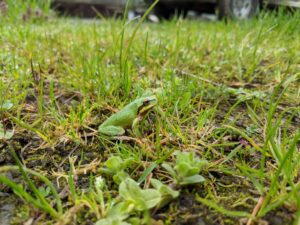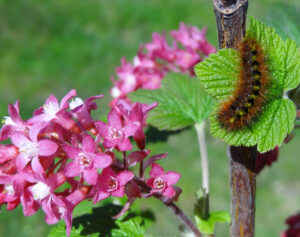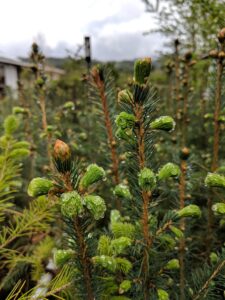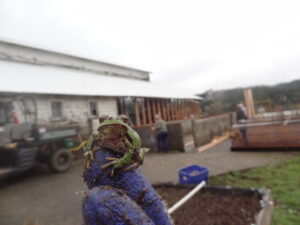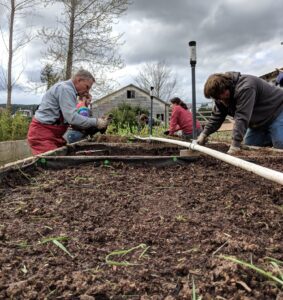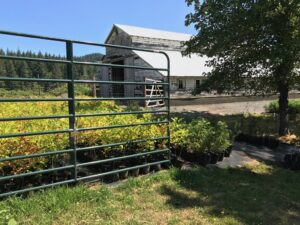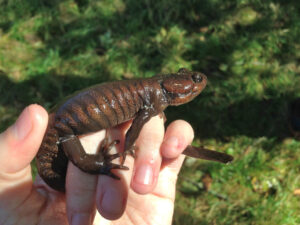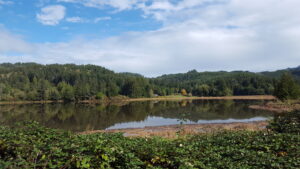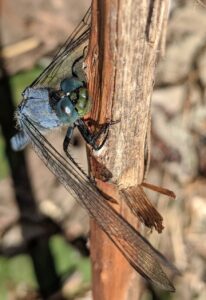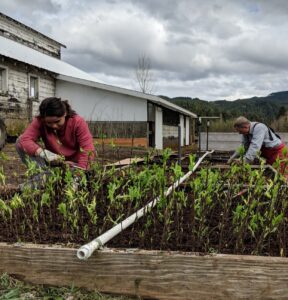
Native Plants
Native plants, those that are only found here on the South Coast, offer a multitude of benefits, historically, culturally, and ecologically. Whether they’re growing along a streambank in the forest, alongside a parking lot in town, or in your own back yard, native plants offer many benefits. For one, they tend to be low maintenance: most native plants do not require watering, fertilizer, or special treatment because they evolved in this climate (compared to an ornamental plant of unknown origins you’d find at a grocery store). Here are some other benefits they offer:
-
Provide shade and cover along streams, which keeps the water cool for salmon and other aquatic species.
-
Prevent erosion on steep banks.
-
Capture runoff in yards and driveways.
-
Filter stormwater, especially when used in rain gardens and bioswales.
-
Provide wildlife habitat for deer, elk, birds, mammals, and pollinators.
-
Support the ecological food web by attracting the insects that feed birds and fish.
As native plants are removed from our watershed and replaced with ornamental and invasive species, the ecological food web that depends on them begins to break down. This is an especially big concern when it comes to the vegetated areas along streams, which is why native plants are such an important component of our in-stream restoration and urban restoration programs—and why we have an entire program dedicated to noxious weed removal.
A bit of Matson history...
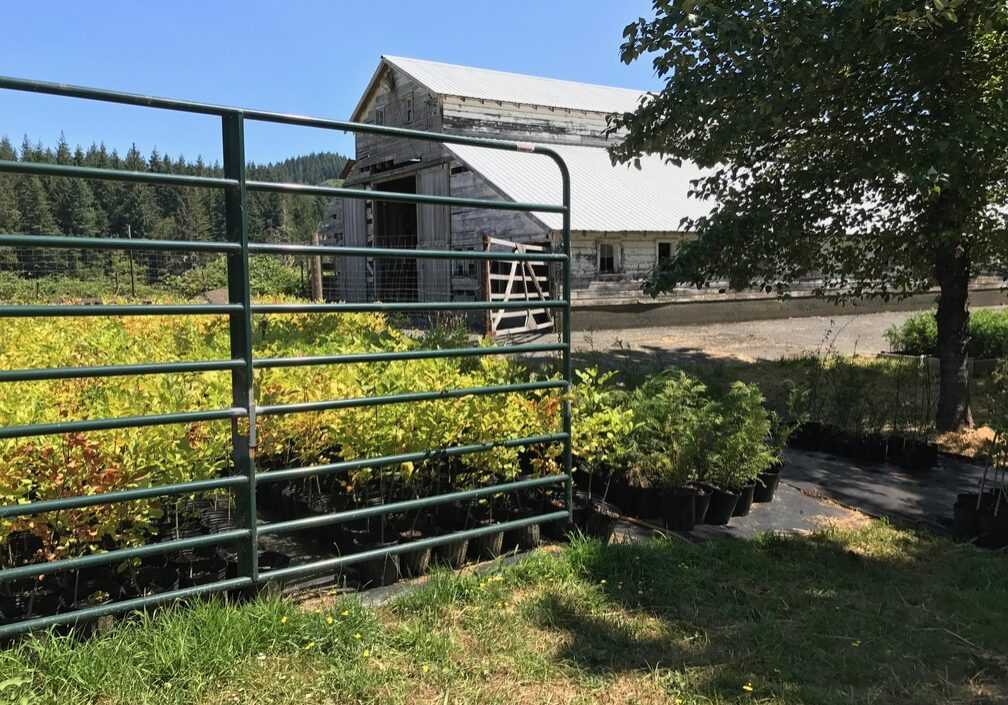
Over the last century, many of the historical wetlands in the Coos Watershed were drained to create agricultural and grazing lands. One such piece of land was the Matson Creek property off of Catching Slough in Coos Bay, which is situated on a historic brackish and freshwater wetland. The wetland was converted to pasture land with the installation of dikes, ditches, and tide gates that separated the property from the tidal influence of Catching Slough. For the latter half of the 18th century, the property housed a dairy farm, and the main dairy barn still remains on site.
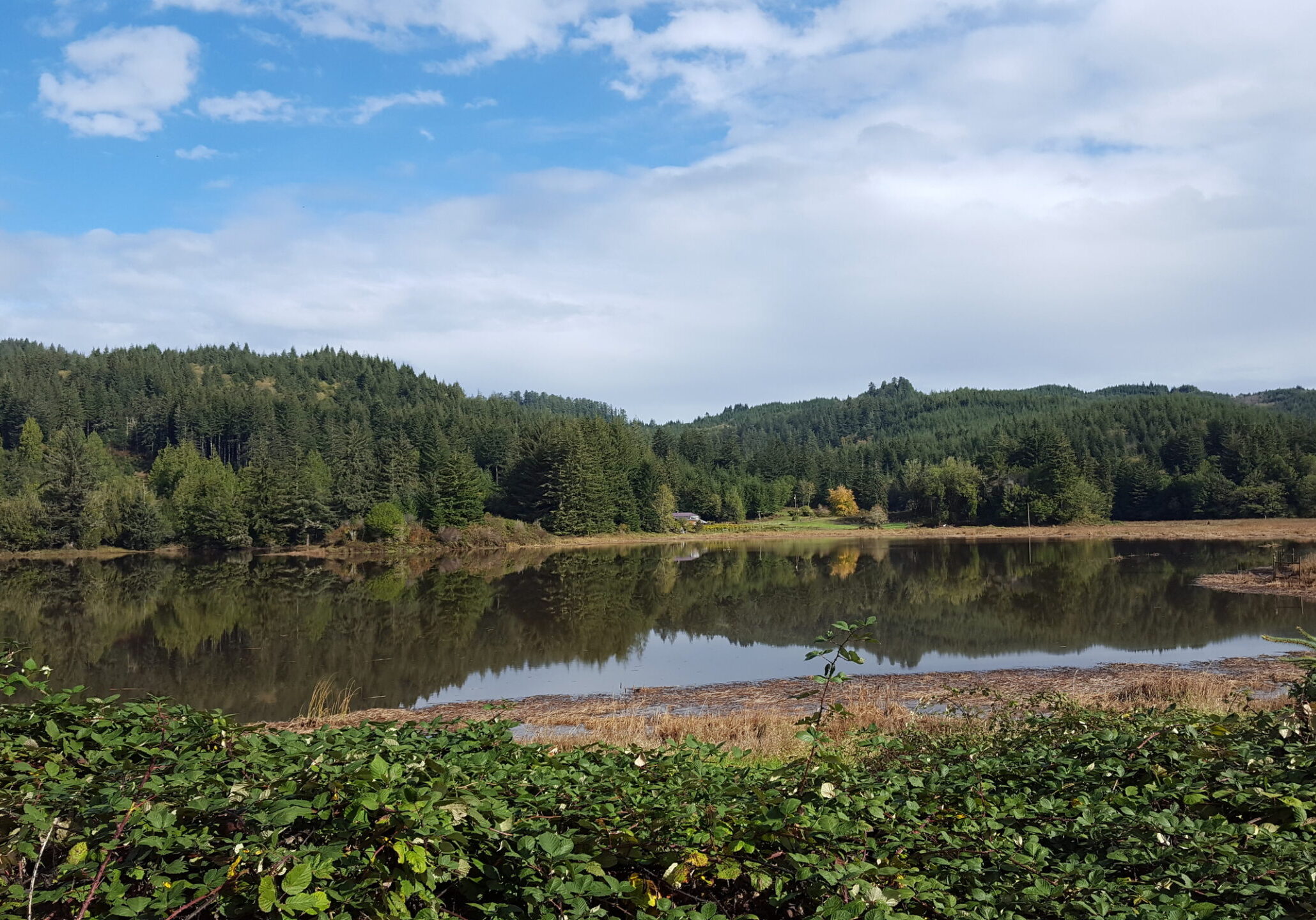
In 2000, CoosWA teamed up with the US Fish and Wildlife Service and The Wetlands Conservancy to establish this area as a preserve and restore it to its original function as a wetland. CoosWA now manages the preserve, and The Wetlands Conservancy holds the property title. In the years since, funds from the Oregon Watershed Enhancement Board, Oregon Department of Fish and Wildlife, and Coos Bay-North Bend Water Board have helped pay for further restoration and enhancement of 72 acres of wetland marsh and stream habitat.
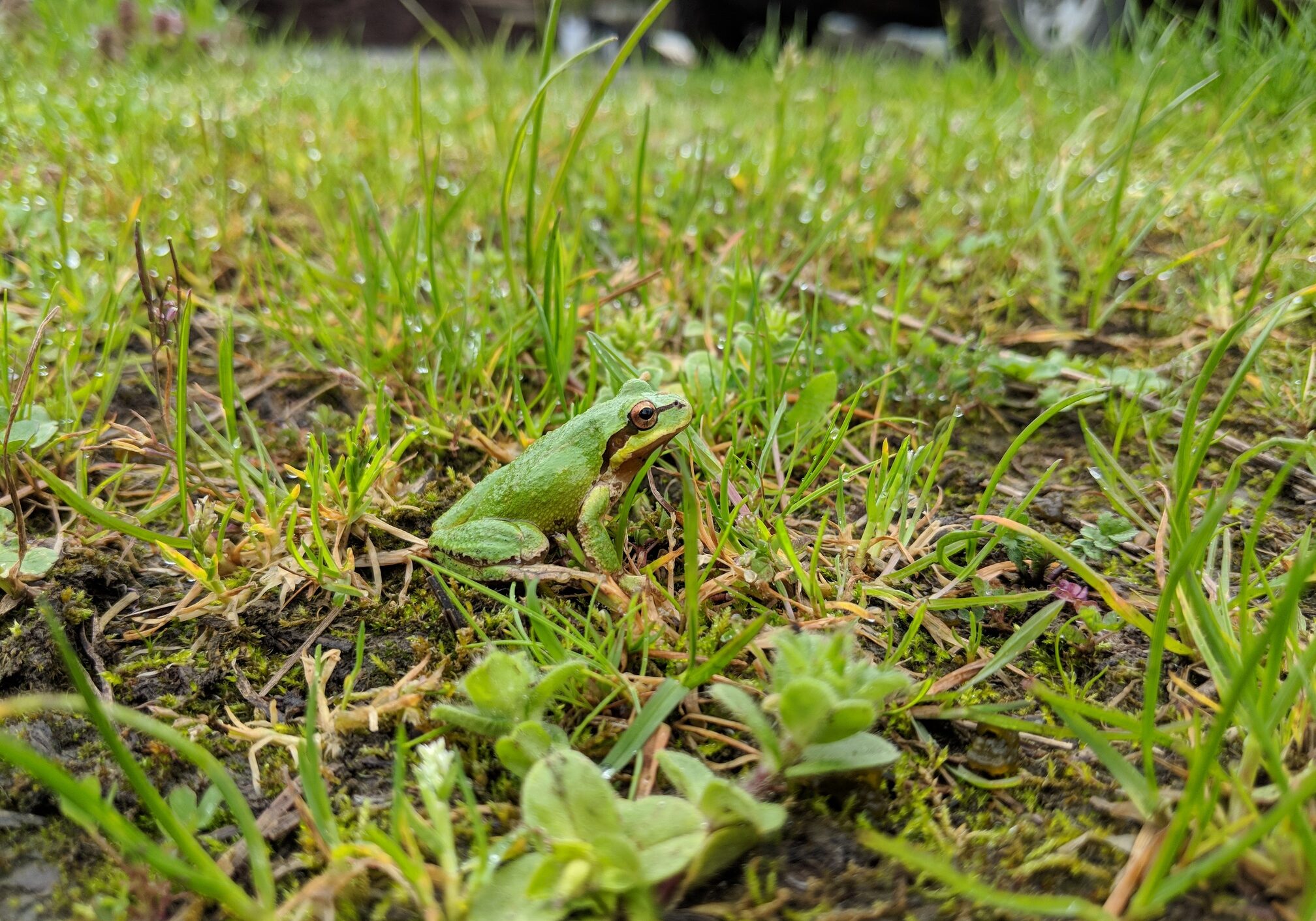
Through this unique partnership with other agencies, the Matson Preserve is a healthy, functioning, wetland system with ample habitat for salmon to access all the way from the Coos River. Bird species thrive in the water, elk, bobcats, amphibians, and other wildlife roam the shores, and diverse plant communities flourish.
